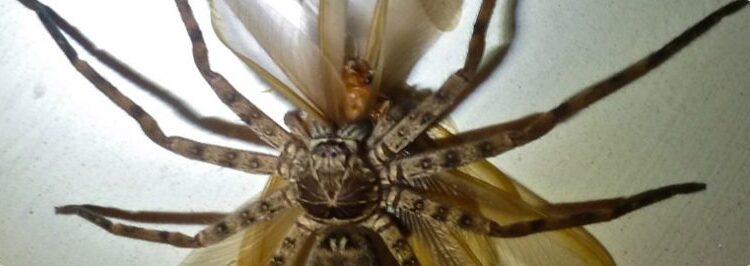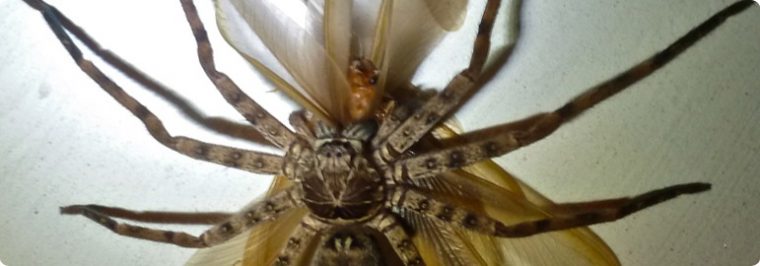
Giant Crab Spider
Looking for a Profession Exterminator in the Baltimore & DC Area?
Your Information Is Safe With Us. Accuate Pest Control will never sell, rent, share or distribute your personal details with anyone.
SATISFACTION GUARANTEE
We believe in the quality of our work. That’s why we proudly offer 100% Satisfaction Guarantee on our Residential Pest Control, Cockroach Control, Scorpion Control, Termite Control, Rodent Control and Weed Control Services. If you are not happy with the results, we will provide additional service with no extra charge until you are completely satisfied. Otherwise, you can request for a 100% refund or credit back to your account.
Re-service Guarantee
We guarantee to re-service your home or business for free, if pest problems return between our scheduled visits.
Price Guarantee
We offer a 2-Year Price Lock Guarantee which means that you don’t have to worry about increasing pest control rates for a minimum of two years.
Pest Control Guarantee
We guarantee to remove all covered pests on the interior and exterior of your property through our high-quality pest control service
Giant Crab Spider

Characteristics
The giant crab spiders, also known as huntsman spiders, are giant spiders that can compete with tarantulas in size. Although this spider is a flat-bodied spider, it can still scurry to narrow cracks and crevices because of their laterigrade legs (legs that extend forward that is similar to a crab’s leg). Mature males are 1/2 to 1 1/5 inch while the mature females are 3/5 up to 2 inch in body length. Their legspan is 50 to 64 millimeters in length, adding to that giant look. These spiders are also found with brown or gray spots all over, and a striking black and white mark on their undersides.

Habitat
Giant crab spiders do not build webs, but they are natural hunters and predators. They can be found under rocks or on tree barks if they are in their natural habitat. When they are found indoors, these spiders can be in garages, and in sheds where they will not be seen or disturbed.

Behavior
As the giant crab spiders search for prey, they will climb up into high places so they can observe wide areas without being seen. Although they like to climb, they are also a non-visual hunting spider, where they use their other senses to know when their prey is coming. And, even if they are big, they can still run fast, which allows them to catch their prey easily. Once they find something to eat, they will ambush their prey and inject it with their venom.
Food
This spider like to eat other small insects, crickets, small skinks and geckos that they can subdue easily.
Life Cycle
A female giant crab spider can live for 2 to 3 years, compared to the male giant crab spider that has a short lifespan because they are commonly consumed by the female after mating. After she releases her eggs, she will place them in a sac and will carry it below her body. She will not feed during the incubation period, and will protect her sac and the spiderlings after they come out. These spiderlings will stay under her protection for a while, until the time that they disperse.
Other Information and Tips
Although this spider is really big, and have jaws to bite, this spider is still considered not dangerous. The giant crab spider can even be thoughtand make as pets if handled correctly. However, this spider is fast, agile, and also aggressive. They will not hesitate to bite, especially if they are threatened. Since we still do not know much about spider venom, it is wise not to touch this spider with bare hands, unless you feel confident that you will not have any allergic reaction towards it.
If you would like to get in contact with us, you can give us a call
